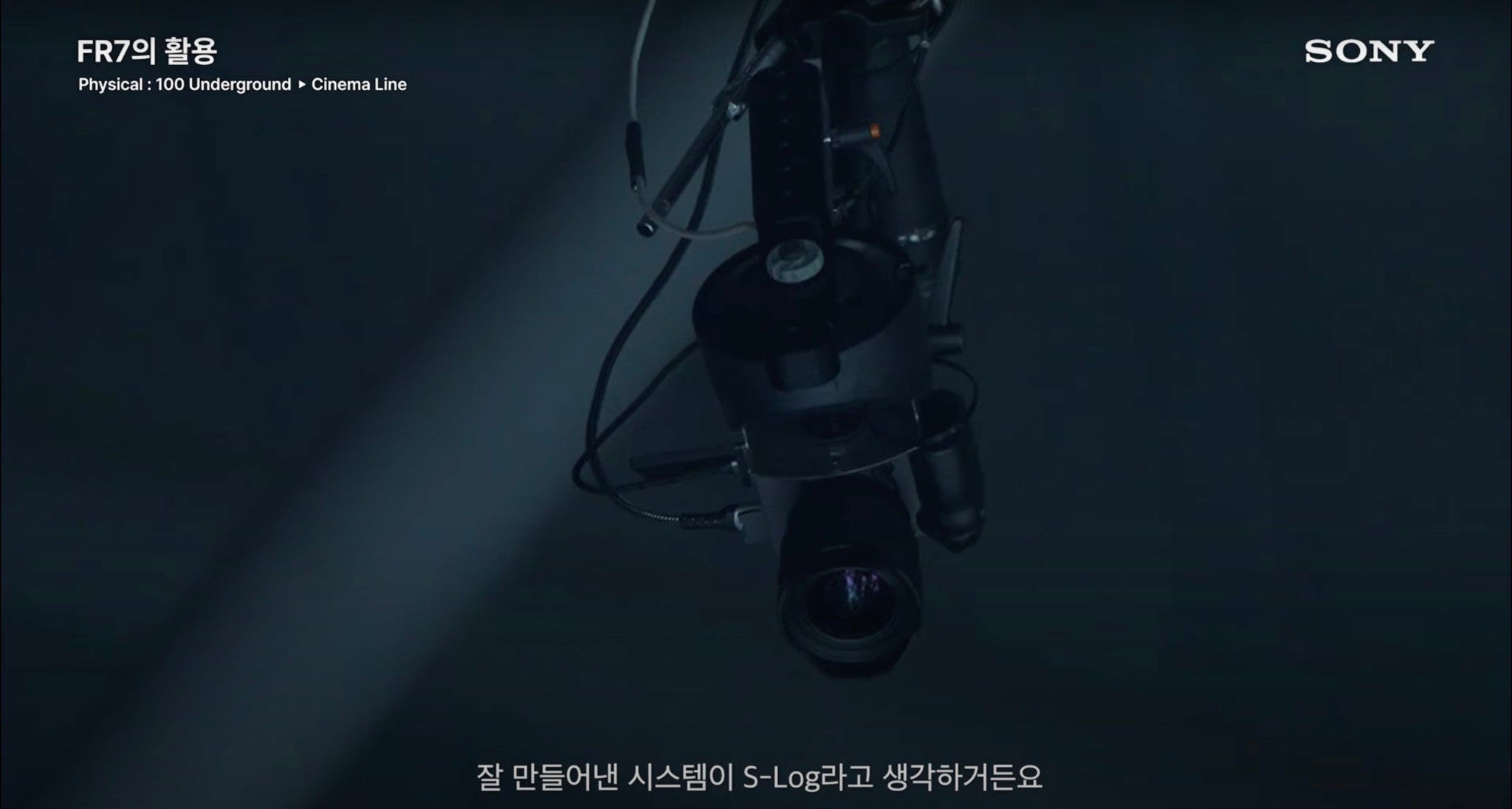
05-08-2024 - Case Study
Physical: 100 Showcases The Versatility and Capabilities of The Sony FR7
By: Yaroslav Altunin
Recently, we discovered how firmware Version 2.00 and the Universal Zoom Motor from Chrosziel expand the capabilities of the Sony FR7 PTZ Cinema Line camera. Yet, exploring accessories and feature sets can only give you a small glimpse at what Sony cameras can truly achieve.
Kim Chan-hong, CEO of Bravo Pictures and Director of Photography for Physical: 100, gives us a look at how he and his team utilized the Sony ecosystem to capture the South Korean reality competition survival series.
Capturing A Low-Light, High-Frame Rate, Reality Spectacle
Physical: 100 is a reality series from South Korea that has found global success after crossing the proverbial pond, thanks to streaming. It follows 100 gender-diverse competitors in their physical prime as they compete in grueling challenges that test their strength, balance, agility, endurance, and willpower.
Capturing this series for television had its challenges, as the project required shooting a mix of multiple angles and high frame rates in low-light settings. To get what they needed, the production team utilized the Sony FX3, FX6, FX9, and FR7 camera systems.
“I tried to take full advantage of the high-speed features that FX6 and FX9 have so that you could see more of the vibrant shots at high speeds and more of the real muscles and things like that,” Chan-hong said.
However, capturing a reality series that has contestants competing poses a unique challenge.
"So, let's say there's a tight space that a camera person can't get into, or the end of a hallway,” Chan-hong explained. “If the camera person is standing right there, the cast members will freeze, and we'll have to erase the camera person with CG later.”
This is where the Sony FR7 shines in a production setting. With its unique PTZ (pan-tilt-zoom) capabilities, S-log gamma curve, and cinematic full-frame sensor with 15+ stops of dynamic range, Chan-hong and his team were able to match their production cameras, hide the FR7 from the cast, and have full control over its many functions without an operator physically touching it.

“The great thing about the FR7 is that that you can use S-Log, and that you can match tones and colors and things like that with a bunch of different cameras, and all the manuals can be controlled remotely with the controller, so it allows users to react very quickly,” Chan-hong said.
“By utilizing FR7,” Chan-hong explained “there are spaces that camera can't be set (such as) hallway bend or enclosed spaces. That's where the FR7 comes in because it's easy to set. As long as you can make room for the FR7 to be set up and you have space to pull the line, you can shoot remotely, so I think it's been very useful in that regard.”
“Having the FR7 there, it kind of addresses all of that, it kind of addresses all of that, and I think it's been really helpful for the cast members to be able to be a little bit more aggressive.”

For a show like Physical: 100, the team could have used more traditional cinema cameras with a robotic head to achieve the same effect as the Sony FR7. However, rigging accessories for this kind of setup can be very expensive and still require a great deal of space for the equipment. The FR7 not only seamlessly cuts between every other camera in the Sony Cinema Line but also utilizes a smaller footprint for a fraction of the cost.
The FR7 is not a traditional PTZ camera, and its use on this show really showcases how it has completely revolutionized the world of cinema.
To see more of the detailed work shot by Kim Chan-hong and his team, check out Season 2 of Physical: 100, now streaming on Netflix.




